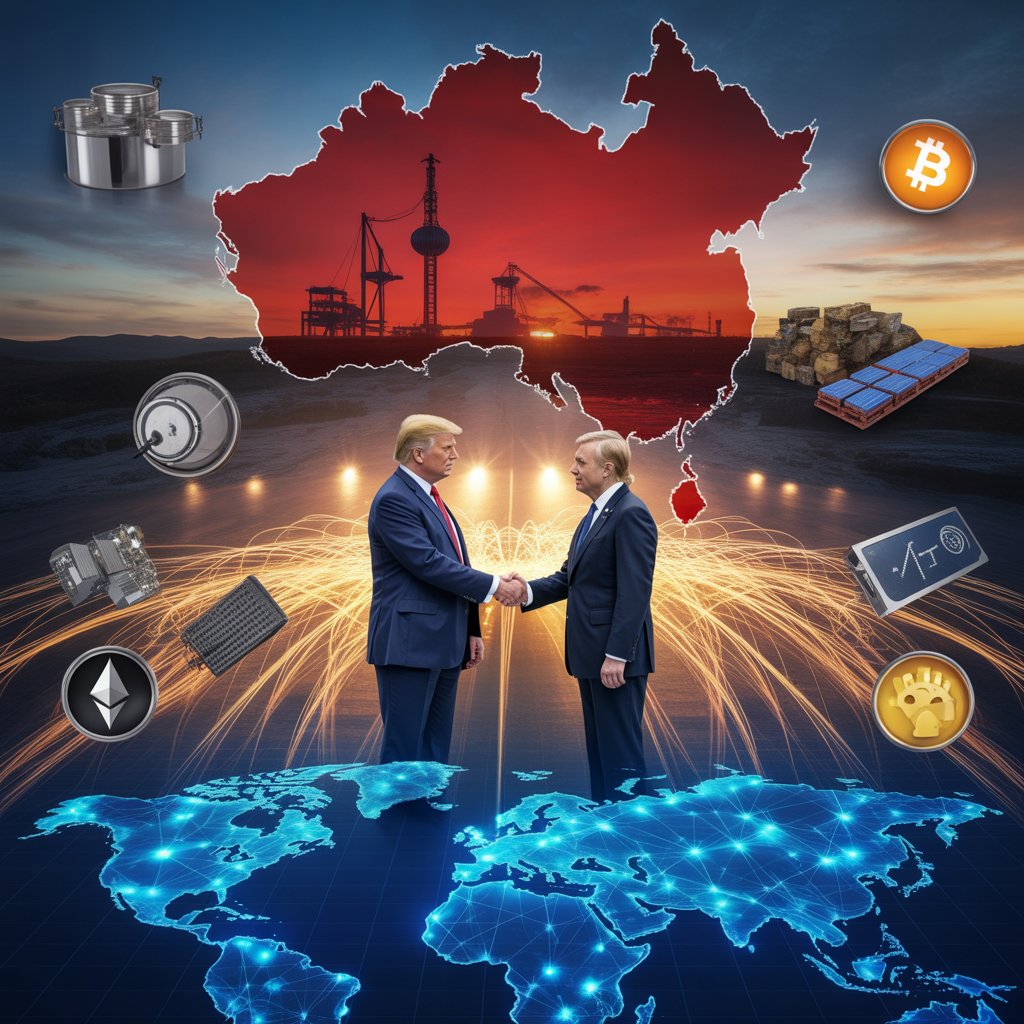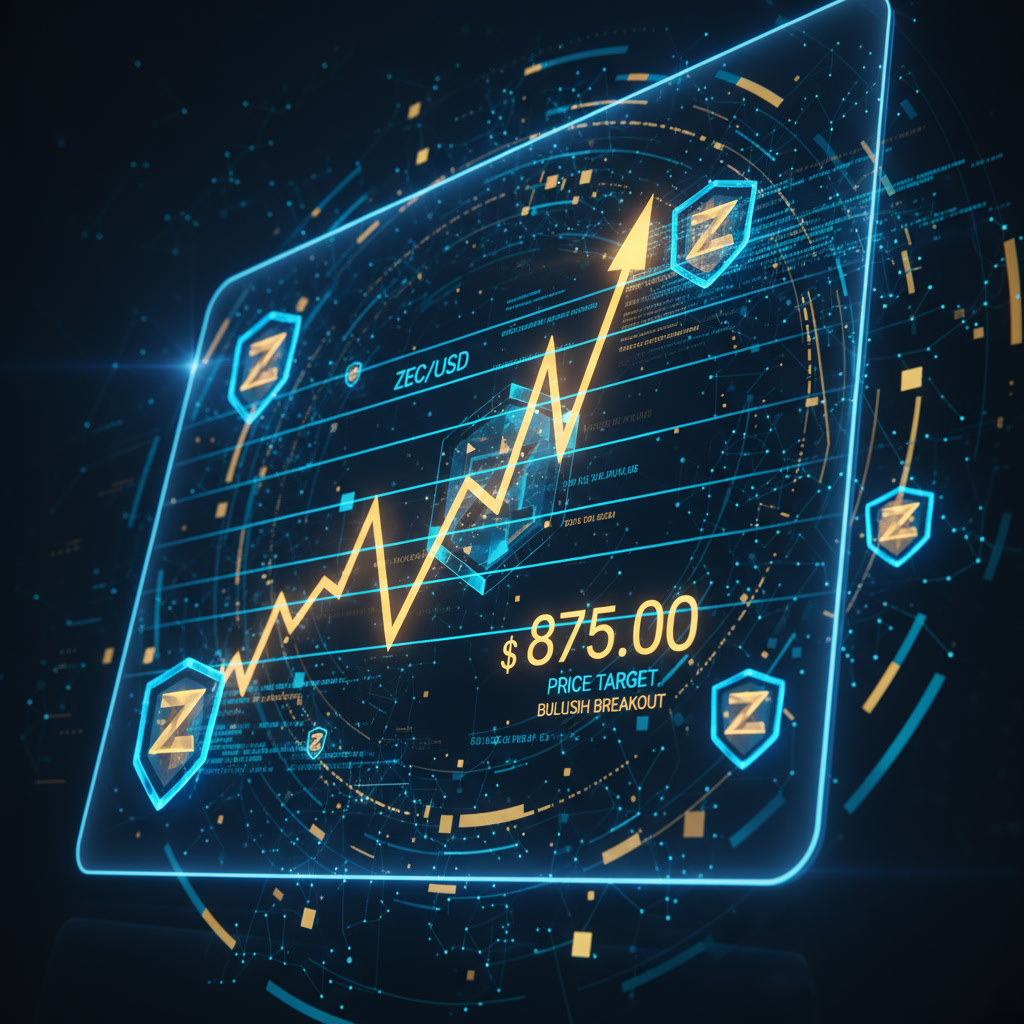The Global Supply Chain Just Got Shaken by a Geopolitical Earthquake
In a move that sent shockwaves through the global economic system, former U.S. President Donald Trump has signed a landmark agreement with Australia to dismantle China’s decades-long monopoly over the rare earth market. This isn’t just another trade deal — it’s a fundamental power shift that could reshape everything from global manufacturing to digital innovation, and even the crypto economy.
A New Era in Resource Power Dynamics
Rare earth materials are the invisible backbone of modern technology. They’re essential in everything from electric vehicle batteries and advanced aerospace systems to satellites, telecommunications, and defense infrastructure. For years, China has maintained control of more than 80% of the world’s rare earth processing, giving it immense strategic leverage over global industries — including the rapidly growing blockchain and semiconductor sectors.
The newly signed U.S.–Australia partnership aims to end that dominance by building a secure, Western-aligned supply chain for critical minerals. This initiative is not just about trade — it’s about technological independence, industrial sovereignty, and rebalancing global power dynamics.
Inside the Historic Agreement
The agreement establishes a framework for direct trade and investment between the U.S. and Australia in rare earth and critical minerals. It expands funding for mining, refining, and technological innovation while encouraging private sector collaboration to reduce reliance on Chinese exports.
This restructuring of supply chains will enhance Western security and economic resilience, ensuring that key industries — from defense to blockchain hardware manufacturing — are no longer vulnerable to political or trade-related disruptions from Beijing.
Market Reactions and Strategic Implications
Markets are already responding to the announcement. Rare earth producers, mining technology firms, and exchange-traded funds (ETFs) linked to strategic minerals are experiencing renewed investor interest. The broader Asia-Pacific production landscape could also shift as manufacturers begin diversifying away from China-based suppliers.
For the crypto industry, this could have significant downstream effects. Rare earth materials are critical for semiconductors, GPUs, and data centers — all essential components for crypto mining, blockchain validation, and AI-driven DeFi systems. A diversified rare earth supply chain could lead to greater hardware stability and reduced production costs, while also minimizing geopolitical risks associated with mining hardware dependence on Chinese sources.
The Geopolitical and Crypto Connection
Beyond raw materials, this alliance signals a new era of tech sovereignty. Western nations are racing to secure not just natural resources, but also digital and decentralized infrastructure. Blockchain networks, Web3 systems, and AI-based crypto analytics rely heavily on consistent access to advanced chipsets and computational tools — all of which depend on rare earth elements.
By establishing an independent supply chain, the U.S. and Australia are effectively fortifying the foundations of the digital economy, creating a more resilient environment for both traditional industries and emerging technologies like cryptocurrency.
Long-Term Outlook: A Divided World, a Decentralized Future
The long-term implications go far beyond mining. This alliance could deepen the economic divide between Western and Chinese resource networks, influencing everything from trade alliances to the geopolitical strategies of smaller nations. As the world becomes increasingly fragmented, blockchain and decentralized finance (DeFi) could emerge as neutral ground — providing global access to financial systems beyond government control.
In the coming years, more U.S.-aligned nations may pursue similar partnerships, reinforcing this divide and accelerating innovation in sectors like crypto mining, decentralized cloud infrastructure, and tokenized commodities.
Conclusion
The U.S.–Australia rare earth alliance marks more than a geopolitical victory — it’s a technological and economic revolution in disguise. By reshaping global supply chains, this agreement doesn’t just challenge China’s dominance; it lays the groundwork for a new era of innovation, digital independence, and blockchain stability.
In a world where supply chains, semiconductors, and sovereignty intersect, one truth becomes clear: the future of crypto is as much about minerals as it is about mathematics.
Ready to start your cryptocurrency journey?
If you’re interested in exploring the world of crypto trading, here are some trusted platforms where you can create an account:
- Binance – The world’s largest cryptocurrency exchange by volume.
- Bybit – A top choice for derivatives trading with an intuitive interface.
- OKX – A comprehensive platform featuring spot, futures, DeFi, and a powerful Web3 wallet.
- KuCoin – Known for its vast selection of altcoins and user-friendly mobile app.
These platforms offer innovative features and a secure environment for trading and learning about cryptocurrencies. Join today and start exploring the opportunities in this exciting space!

Join our crypto community for news, discussions, and market updates: CryptoBCC on Telegram.

Disclaimer: Always do your own research (DYOR) and ensure you understand the risks before making any financial decisions.




